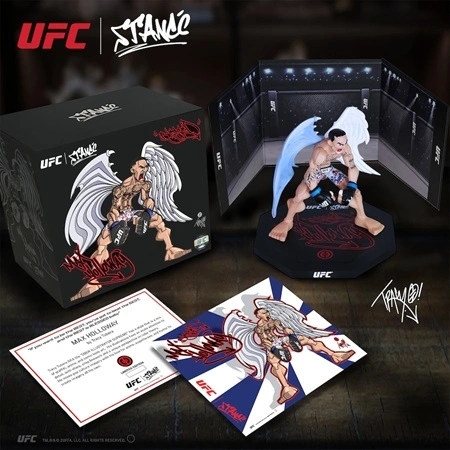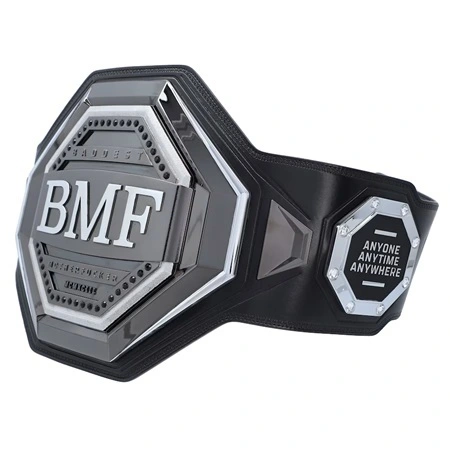Where Does Karate Come From?
Karate is a martial art that's been practiced for hundreds of years. The Karate origin story starts in China, and it eventually made its way to Okinawa. Karate has many different styles and forms, but it all comes from the same root: karate means "empty hand", so this martial art doesn't use weapons like knives or swords.
In this article we'll explore the origins and development of karate over time—and how we got from there to here!
The Origins of Karate Are Unclear
The most likely origin for karate is a style called kung fu, which was developed in China hundreds of years ago.
Although it's possible that kung fu was influenced by an ancient Indian martial art called vajra (a weaponless system), there are also other theories about where the name "karate" comes from:
- It may have been derived from Chinese words meaning "empty hand." The Chinese character for empty (kara) can also mean room or space; therefore, "empty hands" could refer to martial arts performed without weapons and armor. Another theory suggests that the Okinawan word for fist (te) was combined with the Japanese word meaning hand (kara).
- A third possibility has emerged recently: according to some scholars who study historical linguistics and etymology (the study of word origins), the term “karate” may come from an old temple in India dedicated to Lord Shiva known as Khetakareshwar Mahadev Temple which means “Lord Shiva lives here under a tree”; since this deity had several names including one called “Katar” which means “one whose arms resemble blades of grass but still does not fear anyone’s onslaught."

Chōjun Miyagi Karate
Chōjun Miyagi taught karate in China and returned to Okinawa in 1926. He was a student of Funakoshi, who is now known as the founder of modern karate.
It is thought that Miyagi Sensei introduced the art to Japan.
Bubishi - The Bible of Karate
The development of karate into the formative stages is usually dated to around the 1400s, as this was when a series of Chinese military manuals dealing with unarmed combat, called "Bubishi", were transmitted to Okinawa. The Bubishi is an ancient collection of Chinese martial arts manuals that were transmitted to Okinawa by way of China.
The Bubishi is the bible of karate. It’s an ancient book that provides the history and philosophy behind the martial art.
The Bubishi is considered a sacred text for karateka (karate practitioners).
The Bubishi was written in 1643 by famous martial arts master, Miyagi Chojun Sensei (1888-1953). As mentioned above, he was one of the first people to bring karate to Japan after it had been developed in China.
It contains hundreds of illustrations and instructions that explain how to use your body and mind to fight effectively. It also includes stories about Miyagi Chojun Sensei’s life as a young man in Okinawa, where he learned karate from his sensei.
The early forms of karate that arose during this period were based on native Okinawan fighting styles as well as weapons training from both China and Japan. The most popular weapon was nunchaku (two sticks connected by a chain or rope), but other weapons like bo staffs and swords were also used.
Two Karate Ambassadors
Credit for the current popularity of karate is largely given to the efforts of two men, Gichin Funakoshi and Chojun Miyagi.
Funakoshi was a karate master who taught in Japan and Okinawa. He is considered the “Father of Modern Karate” because he was instrumental in popularizing it on mainland Japan in the early 1900s, when karate was still very much an island art form.
Funakoshi promoted his new self-defense system through demonstrations held at universities and military bases around Japan including Kyoto University and Tokyo Imperial University. He also had many disciples who spread his teachings across Asia as well as Europe by teaching at various universities such as Leiden University in Holland (Watanabe 1932).
In particular Yoran Sugawara went back to China where he spent time with his brother Chomo Hanashiro during WWI before returning home again after its conclusion.
Miyagi vs. Funakoshi - Style Differences
Funakoshi's style was based on "Shorin-ryu", a karate style that was founded by Chotoku Kyan. The principles of Shorin-ryu were largely based on one person fighting against a group of people, so Funakoshi's style emphasized the use of punches and kicks to quickly subdue an opponent, rather than focus on the use of joint locks or throws.
Miyagi's style, however, was based on different principles than the ones Funakoshi had used. Miyagi's karate taught students to defend against multiple opponents using movements that were more circular in nature (as opposed to linear). In addition to this, Miyagi emphasized close range fighting as opposed to long range fighting.
Centuries Of Development
Karate is an ancient martial art that has been developed over centuries. The origins of karate are unclear and there are many conflicting theories as to how it emerged.
The development of karate into the formative stages is usually dated to around the 1400s, as this was when a series of Chinese military manuals dealing with unarmed combat, called "Bubishi", were transmitted to Okinawa.
These writings would have a significant impact on Okinawan martial arts, particularly in terms of defining its core values such as courtesy and humility. As you can see, karate is an ancient and complex martial art. It has gone through many changes over the years, but it has never lost its roots in self-defense.
Whether you're interested in studying karate as a hobby or taking it up as a way of life, we hope this history gave you more context to what you're doing and why it matters.













